How to Format a Computer with Windows 7
Warning - Formatting hard drive information does not permanently erase the data. Even after a computer has been formatted, deleted files can be easily recovered. If you want to permanently wipe your hard drive by completely overwritting hard drive data, check out WipeDrive.To format your hard disk during Windows 7 installation, you'll need to start, or boot, your computer using the Windows 7 installation disc or USB flash drive.
- Turn on your computer so that Windows starts normally, insert the Windows 7 installation disc or USB flash drive, and then shut down your computer.
- Restart your computer.
- Press any key when prompted, and then follow the instructions that appear.
- On the Install Windows page, enter your language and other preferences, and then click Next.
- If the Install Windows page doesn't appear, and you're not asked to press any key, you might need to change some system settings. To learn how to do this, see Start your computer from a Windows 7 installation disc or USB flash drive.
On the Which type of installation do you want? page, click Custom.
On the Where do you want to install Windows? page, click Drive options (advanced).
Click the partition that you want to format and click Format.
Click the partition that you want to format and click Format.
Pick the formatting option that you want.
When you've finished formatting, click Next.
Follow the instructions to finish installing Windows 7, which include
naming your computer and setting up an initial user account.
If you do not want to reinstall Windows 7, you can cancel the installation at this point and keep your newly formatted drives.
How to Format a Computer with Windows Vista
Warning - Formatting hard drive information does not permanently erase the data. Even after a computer has been formatted, deleted files can be easily recovered. If you want to permanently wipe your hard drive by completely overwritting hard drive data, check out WipeDrive.To format your hard disk during Windows Vista installation, you'll need to start, or boot, your computer using the Windows Vista installation disc or USB flash drive.
- Turn on your computer so that Windows starts normally, insert the Windows Vista installation disc, and then shut down your computer.
- Restart your computer.
- Press any key when prompted, and then follow the instructions that appear.
- On the Install Windows page, follow any instructions that are displayed, and then click Install now.
- If the Install Windows page doesn't appear, and you're not asked to press any key, you might need to change some system settings. To learn how to do this, see Start Windows from a CD or DVD.
On the Get important updates for installation page, we recommend
getting the latest updates to help ensure a successful installation and
to help protect your computer against security threats. You will need an
Internet connection to get installation updates.
- If you are reinstalling Windows Vista, you should enter your product key now.
- If you are not reinstalling Windows Vista, you can skip this step.
On the Which type of installation do you want? page, click Custom.
On the Where do you want to install Windows? page, click Drive options (advanced).
If you have more than one partition on this hard drive and want to get rid them to make one big drive again, then select a partition and click on the Delete option for each partition. Once you have deleted all of the partitions, select the Unallocated Space partition and click Format
Pick the formatting option that you want.
When you've finished formatting, click Next.
If you do not want to reinstall Windows Vista, you can cancel the installation at this point and keep your newly formatted drives.





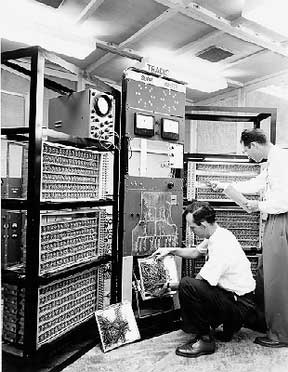
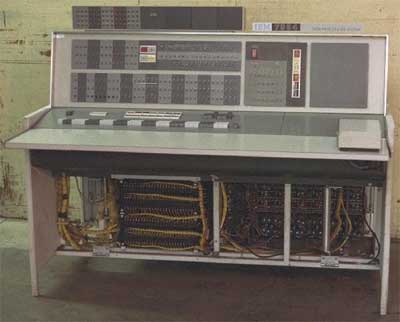 The main features of Second Generation are:
The main features of Second Generation are: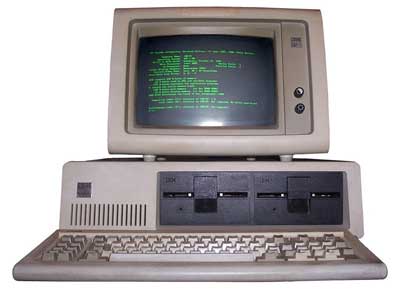 The main features of Third Generation are:
The main features of Third Generation are: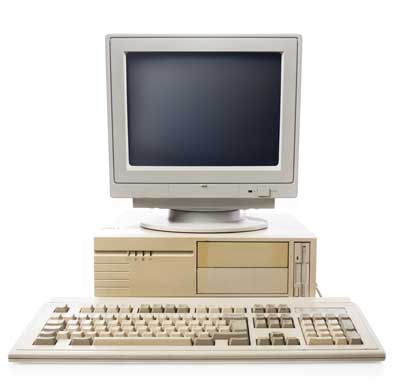 The main features of Fourth Generation are:
The main features of Fourth Generation are: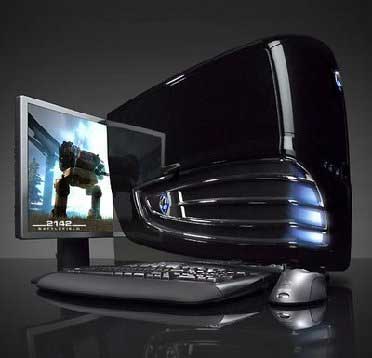 The main features of Fifth Generation are:
The main features of Fifth Generation are:


